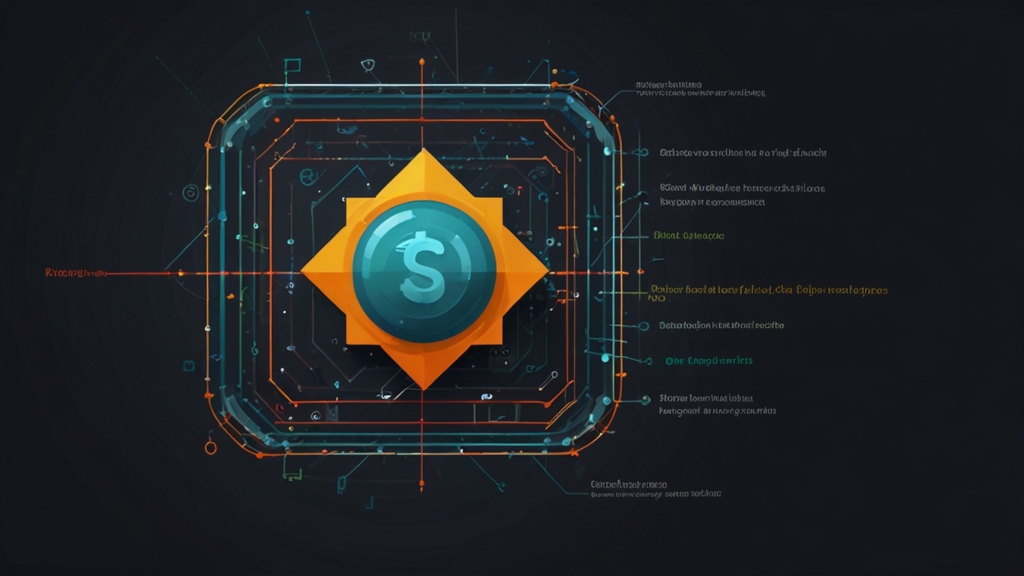What They Don't Teach You About Calculus in School
Calculus is often perceived as one of the most challenging subjects in the high school and college curriculum. Many students navigate through it with grit, determination, and sometimes frustration. However, the traditional classroom setting only scratches the surface of what calculus truly is and its vast applications. There are numerous vital aspects and rich insights about calculus that typical educational syllabuses overlook. Here, we delve into what they don't teach you about calculus in school.
The Historical Context
In schools, calculus is often presented as a set of rules and formulas that need to be memorized and applied. What’s missing is the fascinating historical context. Calculus was developed independently by Isaac Newton and Gottfried Wilhelm Leibniz in the 17th century. The intellectual rivalry between these two geniuses is as intriguing as the subject itself. Understanding this historical background provides a richer appreciation of how calculus has evolved and its significance in the modern world.
Newton and Leibniz’s work on calculus fundamentally transformed our approach to mathematics and physics, laying the groundwork for numerous scientific advancements.
The Real-World Applications
Another overlooked aspect in traditional calculus classes is the myriad of real-world applications. While students may solve abstract problems in textbooks, they rarely explore how calculus is used to tackle real-life challenges. Calculus is indispensable in fields such as economics, engineering, medicine, and even social sciences. For example, in medicine, differential equations help in modeling the spread of diseases, while in economics, calculus aids in optimizing cost and profit functions.
Seeing these applications can inspire students and show them that the subject isn't just an academic exercise but a powerful tool with practical uses. This connection from abstract theory to tangible use can make learning calculus more engaging and meaningful.
The Art of Approximation
Classic calculus courses focus intensely on finding exact solutions, but one of the most powerful aspects of calculus is its ability to provide approximations. Techniques like Taylor series and numerical methods allow for the approximation of functions and solutions to problems that are otherwise unsolvable analytically. This is especially useful in engineering and computer science, where exact solutions are often impractical or impossible.
The power of calculus lies not only in its precision but also in its ability to offer approximate solutions, making it versatile for solving complex real-world problems.
Intuitive Understanding
Most calculus courses prioritize formalism and rigorous proofs over intuitive understanding. While rigor is essential, it’s equally important to develop an intuitive grasp of the concepts. For instance, understanding what a derivative represents—essentially the rate of change or the slope of a curve—can be more insightful than simply knowing how to compute it. Concepts like limits, integrals, and derivatives can be visualized in various ways to build deeper comprehension. This intuitive approach can make calculus more accessible and less intimidating for students.
Connections to Other Mathematical Areas
Calculus does not exist in isolation. It is deeply connected to other areas of mathematics such as algebra, geometry, and even statistics. However, this interconnectedness is rarely emphasized in traditional curricula. Understanding how calculus fits into the broader mathematical landscape can provide a more comprehensive understanding of the subject. For instance, recognizing the relationship between algebraic functions and their derivatives can help in solving complex equations more efficiently.
The Future of Calculus
With the advent of technology and advanced computational tools, the landscape of calculus is continuously evolving. Tools like computer algebra systems (CAS) can perform symbolic calculus operations, making it easier to tackle complex problems. While learning the fundamental principles remains crucial, embracing these technological advancements can greatly enhance the learning experience. Schools often lag in integrating these modern tools into the curriculum, missing an opportunity to prepare students for the future.
The integration of technology in calculus education can transform the way students engage with and understand the subject, making it more relevant to the contemporary world.
In conclusion, there is so much more to calculus than what is traditionally taught in schools. Exploring its historical context, real-world applications, approximation techniques, intuitive understanding, connections to other areas of mathematics, and future advancements can provide a richer and more engaging learning experience. Calculus is not just a set of rules and formulas; it is a powerful and versatile tool with vast implications in various fields.










